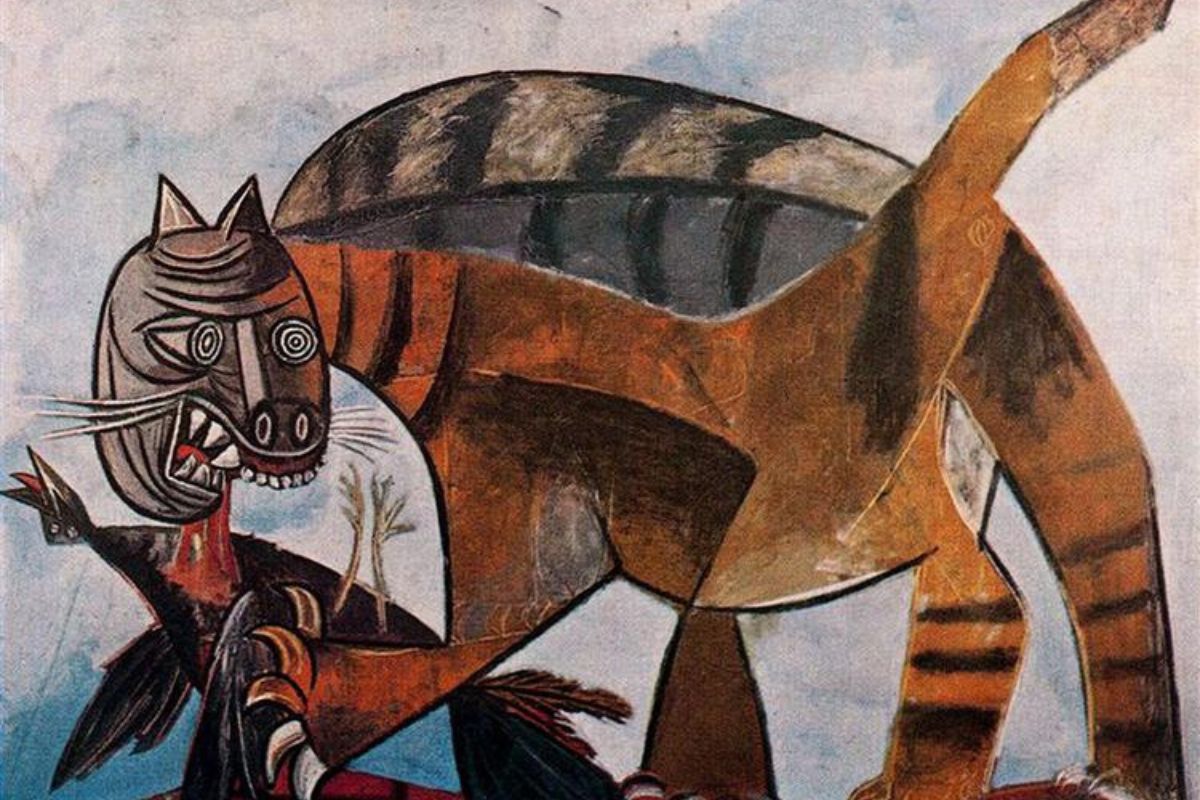Modern art has been heavily criticized since its inception in the late 19th century. Artists who adopted this new style of art were often met with harsh criticism from art critics and the public alike.
The reasons for this criticism are varied, but many critics believed that modern art was:
- Too abstract
- Lacked skill and technique
- Was not representative of the world around us
Why was Modern Art Criticized?
One of the main criticisms of modern art was that it lacked the traditional subject matter of art. Artists began to explore new and unconventional subject matter, such as emotions, psychology, and the subconscious.
This departure from traditional subject matter was seen as a threat to the established art world, and many critics saw it as a sign of a decline in artistic standards.
Additionally, the use of bold colors and abstract forms was seen as a rejection of the traditional techniques of painting, leading many critics to view modern art as a form of rebellion against the art world.
Despite the criticisms, modern art continued to evolve and grow in popularity throughout the 20th century.
As artists continued to push the boundaries of what was considered art, the public and critics began to accept modern art as a legitimate form of expression.
Today, modern art is celebrated for its ability to challenge our perceptions and push us to think outside the box.
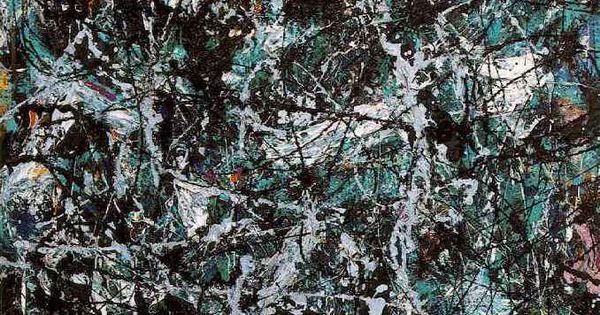
The History of Modern Art
Art Movements
Modern art refers to the artistic movements that emerged in the late 19th century and continued until the 1960s.
Many art movements emerged during this period, each with its own unique style, techniques, and themes. Some of the most influential art movements of the modern era include:
- Cubism
- Surrealism
- Abstract Expressionism
- Pop Art
- Minimalism
Cubism, pioneered by Pablo Picasso and Georges Braque, was one of the earliest modern art movements. It emphasized the use of geometric shapes and multiple perspectives to depict objects and figures.
Surrealism, on the other hand, sought to express the unconscious mind through dream-like images and symbolism. Salvador Dali and Rene Magritte were among the most prominent surrealists.
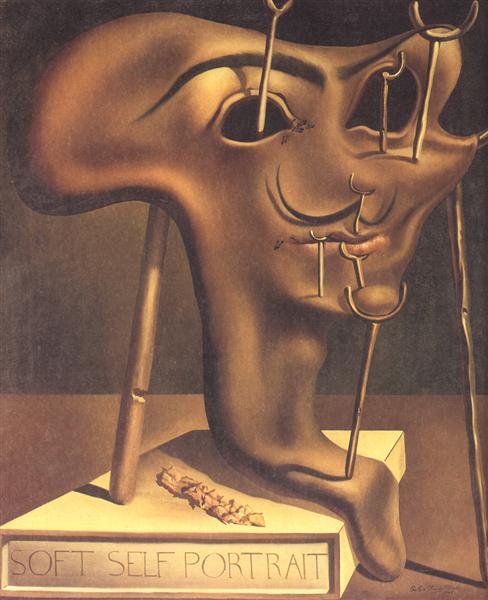
Abstract Expressionism, which emerged after World War II, emphasized the spontaneous and gestural application of paint to canvas. Jackson Pollock and Willem de Kooning were among the leading figures of this movement.
Pop Art, which emerged in the 1950s and 60s, drew inspiration from popular culture and mass media. Andy Warhol and Roy Lichtenstein were among the most famous Pop artists.
Minimalism, which emerged in the 1960s, focused on reducing art to its most essential elements.
Influential Artists
Many artists have played a significant role in shaping the history of modern art. Some of the most influential artists include:
- Pablo Picasso
- Marcel Duchamp
- Jackson Pollock
- Andy Warhol
- Wassily Kandinsky
- Henri Matisse
Pablo Picasso, one of the founders of Cubism, is widely regarded as one of the most influential artists of the 20th century. His works, such as “Les Demoiselles d’Avignon” and “Guernica,” have had a profound impact on modern art. Marcel Duchamp, a French artist, is known for his provocative works, such as “Fountain,” which challenged traditional notions of art.
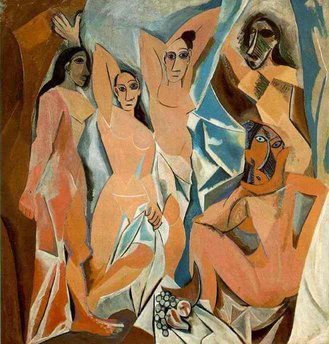
Jackson Pollock, an American artist, is known for his large-scale abstract paintings, which were created through a process of pouring and dripping paint onto canvas.
Andy Warhol, a leading figure of the Pop Art movement, is known for his colorful and iconic portraits of celebrities and everyday objects.
Wassily Kandinsky, a Russian artist, was one of the pioneers of abstract art, and his works explored the relationship between color and form.
Henri Matisse, a French artist, is known for his use of bold colors and simplified forms in his paintings.
Overall, modern art has been shaped by a wide range of factors, including politics, society, and technological advances. While it has been heavily criticized at times, it has also had a profound impact on the art world and continues to inspire artists today.
Controversy Surrounding Modern Art
Critics and Criticism
Modern art has always been a subject of intense criticism and controversy. Critics of modern art have argued that it is often too abstract and lacks the traditional methods of painting and drawing that have been used for centuries.
They argue that modern art is often too focused on the concept behind the art, rather than the quality of the work itself.
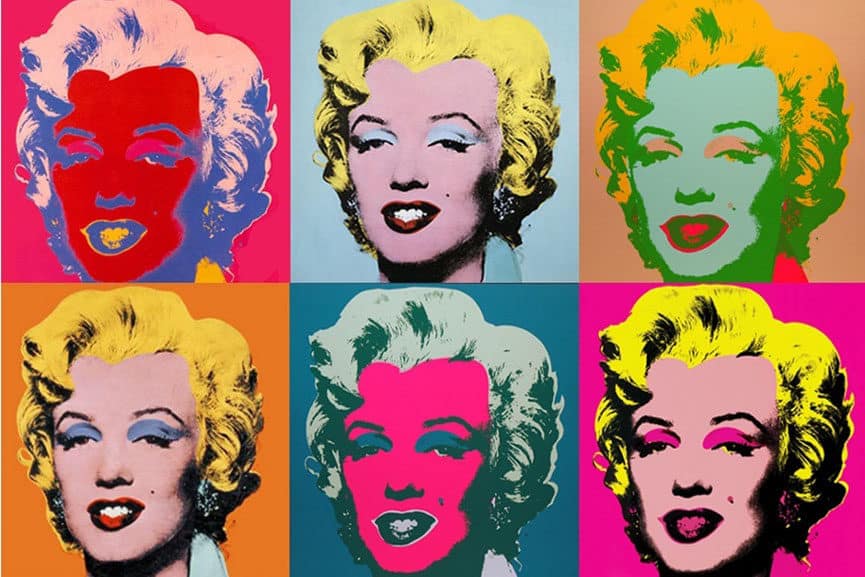
One of the most significant criticisms of modern art is its abstract nature. Many people find it difficult to understand and appreciate abstract art, which often lacks a clear subject or message.
Critics argue that this type of art is often created simply for the sake of being unique or different, rather than for its artistic value.
Abstract Art and Conceptual Art
Abstract art and conceptual art are two of the most significant movements in modern art. Abstract art is characterized by its use of color, shape, and form to create a visual representation of an idea or emotion, rather than a realistic depiction of a subject.
Conceptual art, on the other hand, is focused on the concept behind the art, rather than the physical artwork itself.
Many critics argue that these types of art are simply reflections of the artist’s own thoughts and feelings, rather than a reflection of the world around them. They argue that this type of art is often too self-indulgent and lacks the universal appeal of traditional paintings.
Contemporary Art and Its Impact
Contemporary art has continued to push the boundaries of what is considered acceptable in the art world. Artists like Damien Hirst have created controversial works, such as “The Physical Impossibility of Death in the Mind of Someone Living,” which features a dead shark preserved in formaldehyde.
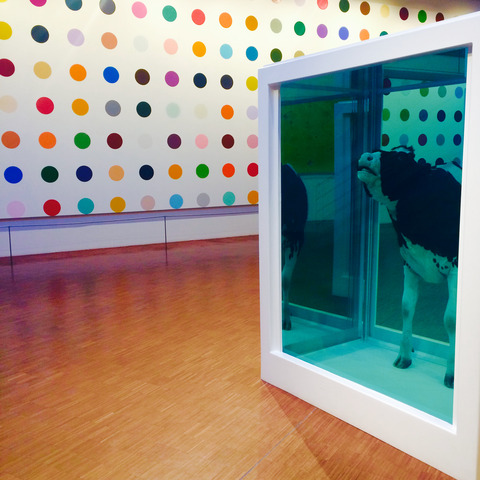
Contemporary art has also been used as an antiwar symbol, with works like Jackson Pollock’s “Number 1A” being used to protest the Vietnam War. Many contemporary artists have also been influenced by the teachings of Sigmund Freud, creating dream-like images that reflect the workings of the human mind.
Overall, the controversy surrounding modern art has been shaped by a variety of factors, including the aftermath of the war, scientific inventions, and changing social norms in Europe and other parts of the world.
While some people may view modern art as bad or lacking in quality, others see it as a reflection of the truth and unique perspective of the artist.
Understanding Modern Art
Aesthetics and Techniques
Modern art is often criticized for its departure from traditional aesthetics and techniques. It is characterized by a focus on abstraction, experimentation, and non-representational forms.
This departure from realism and traditional composition techniques can make modern art difficult to understand and appreciate for some viewers.
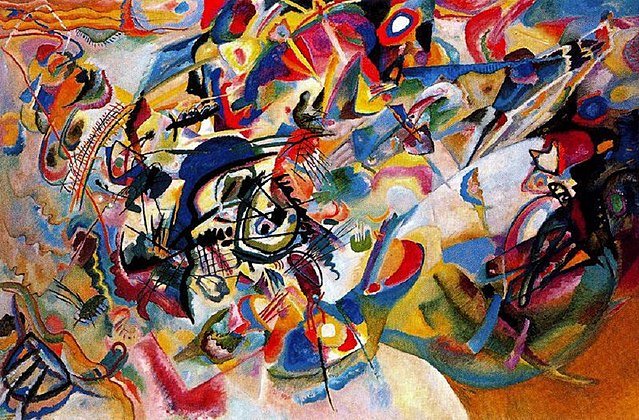
One artist who played a significant role in the development of modern art was Wassily Kandinsky. Kandinsky believed that art should be free from the constraints of representation and that it should be a reflection of the inner emotions of the artist.
This idea was a departure from traditional art, which focused on creating realistic representations of the world.
Artistic Production and Quality
Another aspect of modern art that has been criticized is the production and quality of the artworks. Modern artists often prioritize the concept or idea behind the artwork over its technical execution.
This can result in works that are not aesthetically pleasing or do not require a high level of skill to produce.
However, it is important to note that the quality of modern art varies greatly. Some artists, such as Pablo Picasso and Salvador Dali, were highly skilled and produced technically impressive works.
Others, such as Jackson Pollock, focused more on the process of creating the artwork rather than the final product.
Interpretation and Reflection
A significant factor that contributes to the controversy surrounding modern art is the interpretation and reflection of the artwork. Modern art often requires the viewer to engage with the artwork on a deeper level and to consider the artist’s intent and message.
This can be challenging for some viewers who prefer art that is easy to understand and appreciate at face value. However, modern art can also be incredibly rewarding for those who are willing to engage with it and reflect on its meaning.
Overall, modern art is a reflection of the changing world and the evolution of artistic movements. While it may be difficult to understand and appreciate for some viewers, it is an important part of art history and continues to inspire and challenge artists today.

